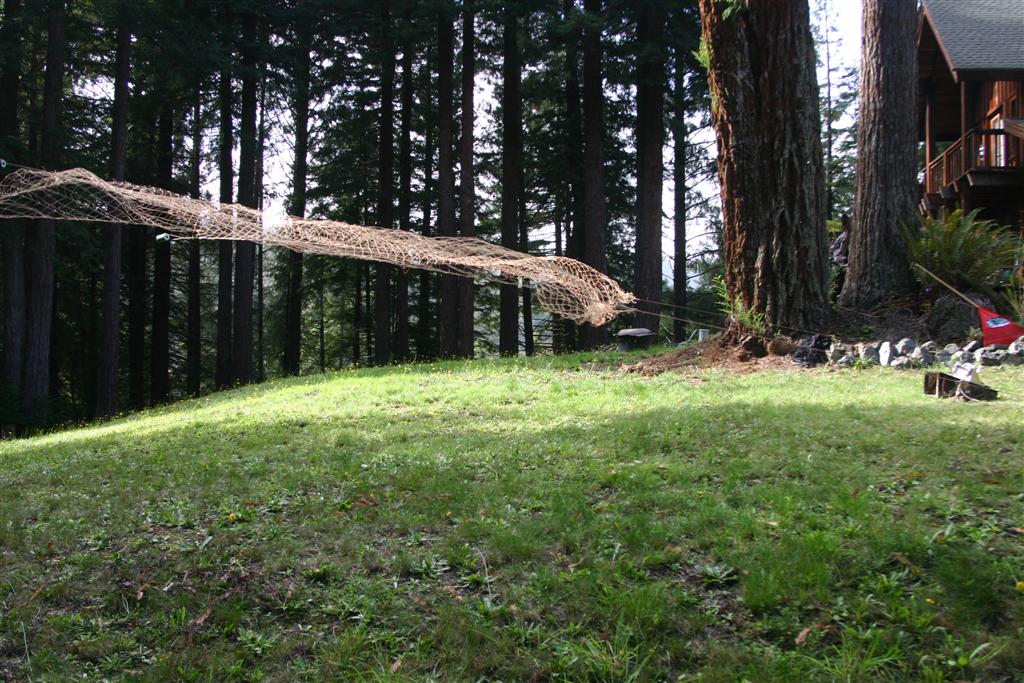
The California condor is among the world’s most critically endangered species. As of mid-September 2022, only 537 are in existence, 334 living in the wild, the rest in captivity (source: Ventana Wildlife Society). Once found across North America, with the die-off of large terrestrial mammal species 10,000 years ago, condor range contracted to the Pacific Coast and adjacent foothills and mountains . On the coast, beached marine mammal carcasses offered an abundant food resource.
Condors were described by Lewis and Clark and other early explorers as relatively common in parts of the Pacific Northwest. In California, condors were regularly observed in the early and mid-1800s, sometimes in large groups.
After 1850, condor observations in the Pacific Northwest began to decline, and condor observations were very rare north of California. Once recorded as far north as the Fraser River delta in southern British Columbia, they were last sighted in Washington in 1897 and in Oregon in 1904. Causes for the decline include egg-collecting, shooting, lead poisoning, and feeding on poisoned carcasses.
After an absence of more than 100 years, California Condors once again fly free over the Pacific Northwest, thanks largely to recovery efforts led by the Yurok Tribe.
I’d like you to read Flight of the Condor, a Washington Post article covering the current state of reintroduction efforts by the Yurok Tribe and others. The story spotlights the efforts of Yurok Tribe biologists Tiana Williams-Claussen and Chris West.

Coastal Raptors Connection
The condor reintroduction effort has involved numerous organizations over many years. Coastal Raptors played a small but important role in the early stages of the process.
In 2010, I traveled to Arcata, California to train Tiana and Chris on the use of net launchers for capturing Common Ravens. Back then they were assessing lead levels in Common Ravens and Turkey Vultures in an effort to determine the feasibility of condor reintroduction to northern California.
Condors and other avian scavengers are susceptible to lead poisoning, which can happen when they ingest lead from bullets and bullet fragments in deer and Elk carcass remains left by hunters. The tribe had recently purchased a net launcher for raven capture.
Back then Coastal Raptors was in the early stages of an avian scavenger monitoring program of its own. I had gained experience with net launchers for this effort and shared my newly acquired skill with Chris and Tiana.



4 responses to “California Condors Return to the Pacific Northwest”
Thanks for this website! Never knew about net launchers before!
They are handy traps those net launchers. Did you spend time with the article in the Washington Post included a link to? It’s really well done.
Great news and really neat to see your contribution to the project, Dan !
I might be a little early to start looking for condors in the sky here in western WA, but, I am opening my mind to the real possibility of it one day soon.
Incredible to know they are moving closer to historical ranges.
Thanks so much for the update
Thanks, John. I agree with you that condors flying over our skies in western Washington is a distinct possibility in the years ahead.